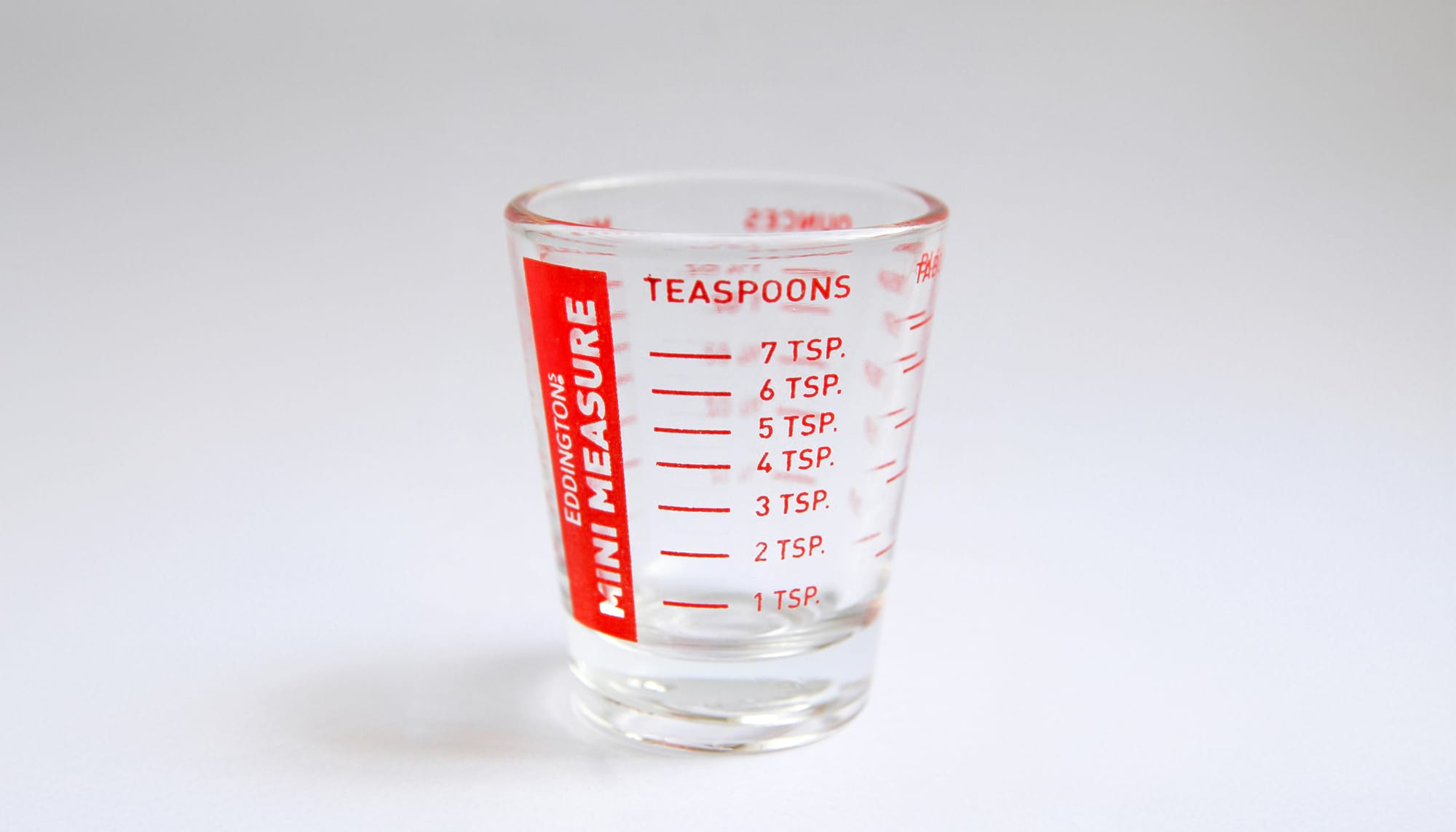
Your experience on drugs can change dramatically depending on how much you take. Many drugs have increased risks, such as overdose, if you take more than your body can process.
Accurately measuring your dose (instead of guessing) is one of the key ways you can stay safer, no matter what you’re taking. Here’s what you need to know.
First, choose your dose
Choosing a dose that’s right for you can be the difference between having a pleasant experience, an unpleasant one or ending up in hospital or worse.
When choosing your dose, here are some key things to consider:
- Remember there are no publicly available tests to measure how strong your drugs are, so often people start low and go slow.
- Drugs affect everybody differently, depending on things like your body size, any other drugs you’ve taken, what you have eaten, where you are, and how you're feeling. A dose that one person chooses may be too much for another person.
- Get your drugs checked. Drug checking can help you find out what’s in your drugs, which reduces your risk of accidentally overdosing on something that is different from what you think you have. Remember, drug checking can tell you what is in your drugs, but can’t tell you how strong they are. Find a drug checking clinic near you.
- Your weight/size. Smaller people are likely to be more affected by drugs than larger people. If you are smaller in size, consider taking less than others around you.
- Tolerance. The more you take a drug, the higher tolerance you build for it – meaning you need more to feel the same effects. However, if you stop using the drug for a while your tolerance can disappear quickly. If you have taken a break from a certain drug, then it’s best to take a lower dose than you normally would.
- First time? If it’s your first time taking a drug, take a very small dose to start with, and wait to feel the effects. Drugs affect everyone differently and it can be hard to predict how you’ll feel.
- Common dose. It can be helpful looking at the common doses people take for different drugs. You can find that information on our drug information pages, TripSit and PsychonautWiki.
- The effects you’re hoping to feel. Have a think about what you’re aiming to get out of the experience. Do you want a chill buzz where you can still function? Then it’s best to dose it lower.
- Set and setting. Your mindset and the environment you’re in when you take the drug play a huge role in whether you have a pleasant experience or not. The effects of a drug can be more intense if you are in an unfamiliar environment on in a strange mindset so that can be a good time to dose lower as well. Read more about set and setting in our article about preparing for a psychedelic trip.
Once you’ve figured out how much you plan to take, you need to accurately measure it out. These methods can help you avoid taking more than you intend, and can help prevent overdoses.
Weighing your dose using scales
We always recommend using scales if you have them – but not all scales are created equally! If you’re trying to measure milligram amounts, get the most sensitive scales you can – ideally ones that show milligrams to three decimal places (0.000 instead of 0.00). These will be more accurate.
That said, some drugs are so potent than even very sensitive scales can’t reliably measure them. You might want to look at volumetric liquid dosing instead.
If you’re getting your drugs checked, drug checking staff can help you weigh out your doses so you can stay safer.
You can get milligram scales from places like Cosmic or The Hempstore.
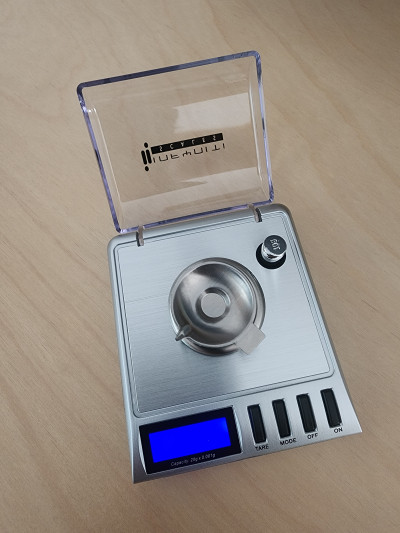
Scales set up showing weighing tray
Setting up your scales
If you don’t set up your scales properly, it could make your measuring less accurate. Always:
- Set the scales up on a flat surface
- Use the scales somewhere sheltered (e.g. not windy)
- Try to avoid bumping or moving the scales while you’re measuring your substance.
- Zero your scales before use by turning the scales on and waiting for the number to stop changing. Put the weighing tray on the scales. Press the ‘tare’ button. Your scales are now ready to use.
Most scales come with a weight that can help you assess how accurate your scales are.
Measuring with scales
- Crush your substance up as finely as possible (the back of a spoon works well to crush up any lumps). You can leave it in the bag to crush it. Mix it by stirring the substance or shaking the bag. This help give you an even distribution of the drug if has filler or another drug mixed into it.
- Use a microscoop, tweezers or other small implement to carefully place some of the powder into the weighing tray on the scales.
- Wait for the number to stop changing, then read the weight.
If your drugs are in a capsule, it’s a good idea to open up the capsule and weight just the powder for a more accurate idea of the dose.
If you have a pressed pill, it’s likely that it contains filler or binder that helps the pressed pill stick together – not to mention it might not contain the drug you think it does! We recommend getting it checked at a drug checking clinic to find out what’s in it. Drug checking staff may be able to help you figure out roughly how many common doses are in your pressed pill.
Each pill may have a different amount of the drug in it. If you’re splitting a pressed pill up into separate doses, we recommend crushing the pill up completely and then weighing it as a powder.
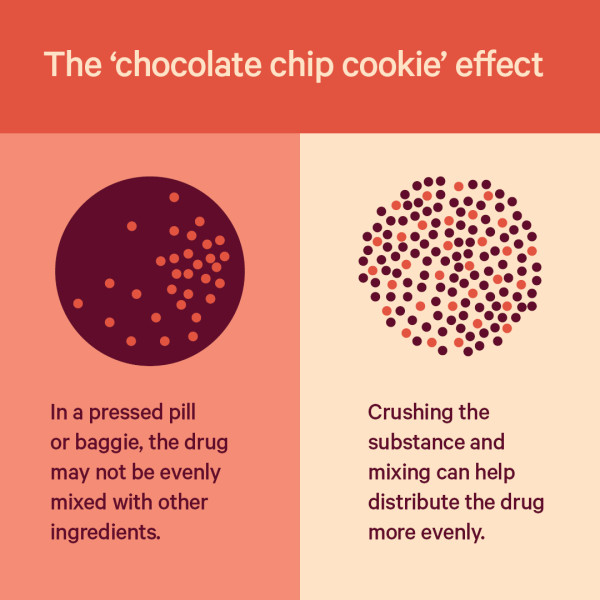
Microscoops
Miscroscoops are teeny tiny spoons. Microscoops aren't a reliable way of measuring your drugs because similar to how one cup of sugar weighs twice as much as one cup of oats, different substances have different densities. A microscoop of one substance could weigh twice as much as another substance.
That being said, microscoops can help you guess the weight of a substance. One levelled microscoop is roughly 10mg of a finely crushed powder.
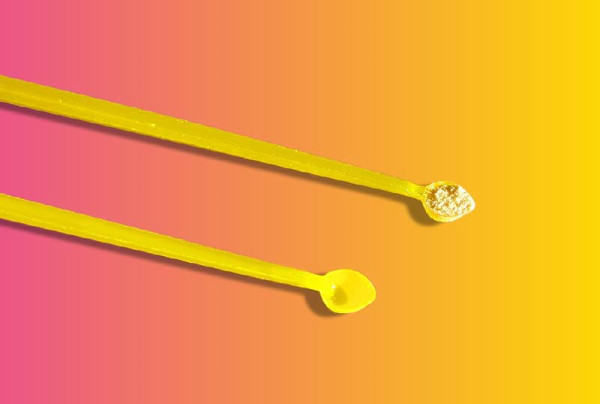
Image from dancesafe.org
If using a microscoop, make sure you’ve crushed your substance as finely as possible and given it a good mix.
It’s not a good idea to use a microscoop for drugs that have a dose of just a few milligrams, as you could easily overdose. It’s difficult (if not impossible) to measure half a microscoop, for example. Use scales or volumetric liquid dosing instead.
You can order microscoops online from DanceSafe.
Using a syringe to measure liquids
If your drug comes in a liquid form, it’s important to know how dilute it is (how many milligrams of the substance there are per millilitre of liquid) so you can figure out how much liquid makes up one dose.
For example, if you’re trying to take 100mg of a substance and the dilution is 1g per 10mL, then 1mL is one dose.
If you’re trying to take 100mg and the dilution is 1g per 1mL, then 0.1mL is one dose.
Knowing this could prevent you overdosing, particularly on substances than can be very potent at low doses – like GHB, GBL and 1,4-BD.
Different syringes measure different amounts. You can get syringes from your local needle exchange either in person or online. We recommend using a new, sterile syringe each time.
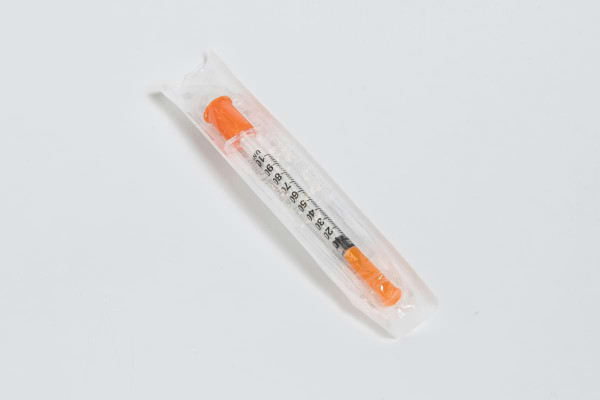
Image by NEXT Distro on Unsplash
Here’s how to measure a liquid substance with a syringe:
- Make sure your substance is in a container that can fit your syringe into it.
- Push the plunger of the syringe in the whole way down.
- Put the tip of the syringe into your substance.
- Slowly pull up the plunger to draw up the substance into the syringe. Use the lines marked on the side of the syringe to measure your substance.
Volumetric liquid dosing
Volumetric liquid dosing can help make it safer to measure out doses of drugs that are active in very small amounts (a few milligrams or less). Most scales can’t accurately weigh doses less than a milligram, and it can be easy to accidentally overdose on these substances.
To counter this, some people dissolve and dilute the substance with a liquid, to make it easier to dose more accurately. This is called volumetric liquid dosing.
What you need:
- Scales
- Your substance
- Liquid (different substances dissolve in different liquids. You’ll need to research this.)
- Glass container or jar
- Pot and stove (for warm water bath, if needed)
- Stickers and pens to label the final product
How to use volumetric liquid dosing for safer measuring:
- Weigh out the amount of the powdered drug you want to dissolve using an accurate milligram scale.
- Decide what concentration you want it to be. This Tripsit calculator can help you figure out how much liquid you need, what the concentration is and how much to measure for the dose you want.
- Measure out the amount of liquid you need using a syringe or pipette, based on the concentration you want. Keep in mind that kitchen measuring equipment (such as measuring cups) may not be accurate.
- Dissolve the weighed, powdered drug in the liquid. You may need to stir it. You may need to gently heat the solution in order to help it dissolve. You can do this in a glass vessel (like a vial or a jar) by placing the glass vessel in a pot of water and gently heating it. Don’t put the glass vessel into already-hot water as it may crack. Do not let the water get into the glass vessel. For some substances, you may need to repeat these steps.
- Once the powdered drug is fully dissolved, allow it to cool if you heated it.
- Use a permanent marker and/or tape to write the drug AND the concentration on the vessel. Don’t just rely on memory! It can be easy to mix up unlabelled jars and this could put you or others at risk of harm.
- Now you can use a syringe to more accurately measure the mL amount that you want.
Keep in mind that some liquids left unsealed may evaporate over time, meaning your mixture will get more potent. Make sure you use a lid.
For more dosage info for different drugs, head over to our Drug Information pages.
Feature image by Glen Carrie on Unsplash
Related stories
Recent stories
What is opioid substitution treatment?
Opioid substitution treatment is where people who are addicted to opioids (like heroin or morphine) can get a safer medicine instead.
Tū Whakaruruhau: the study exploring meth experiences
Tū Whakaruruhau study aims to understand more about people's experiences with meth and learn how to help people overcome addiction.
Four things you need to know about the latest overdose stats
We take a look at the latest stats on overdoses in New Zealand, and what we can learn about staying safer with drugs.